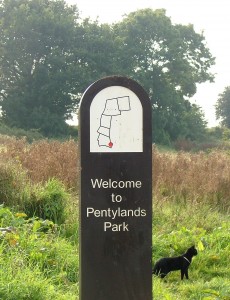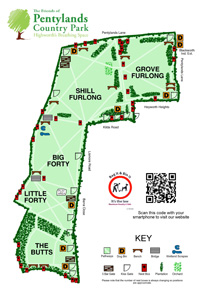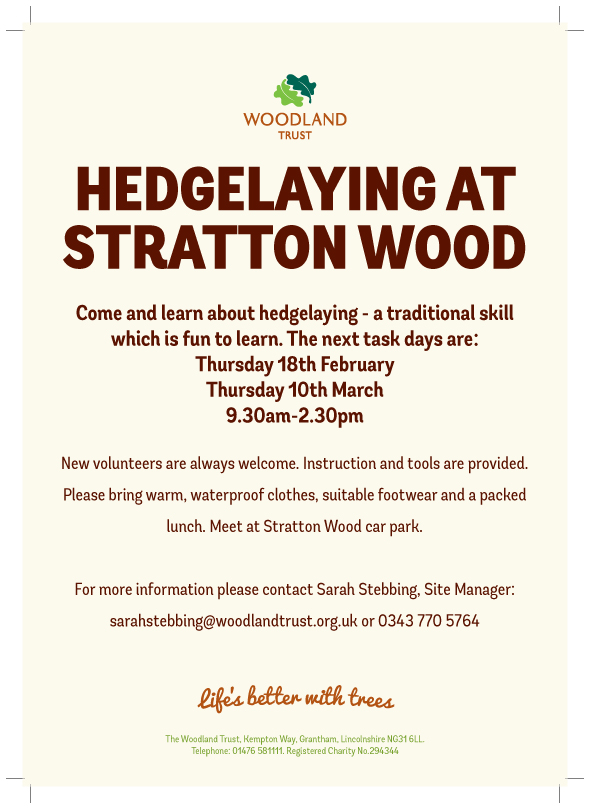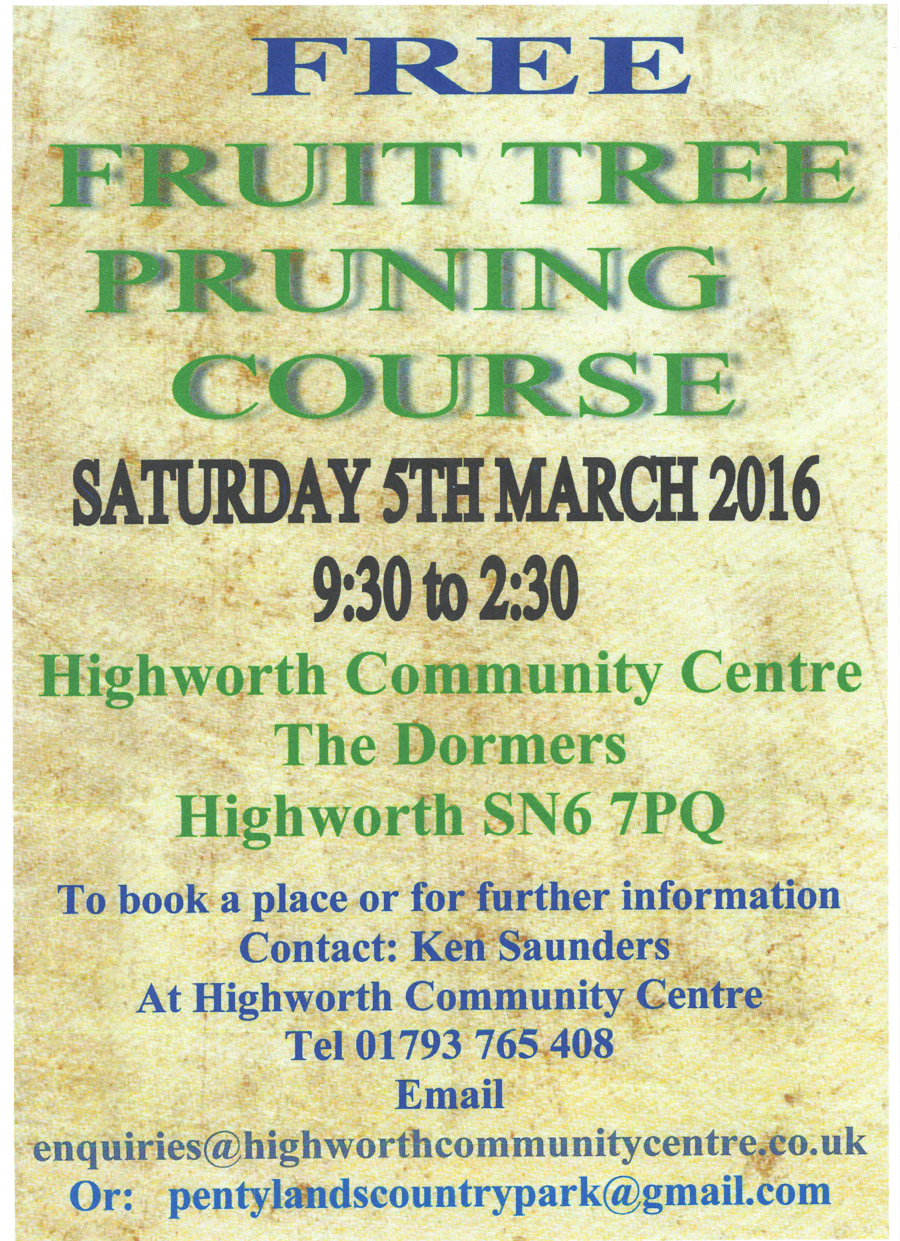A Brief History of the Park
 The fields were donated to the people of Highworth decades ago. They lie beneath the sandstone brow of Highworth and have a relatively thin coating of soil on top of Oxford clay. Fed by the springs from the top of the hill they are predominantly wetlands and were only suitable for grazing and the collection of hay during the summer months.
The fields were donated to the people of Highworth decades ago. They lie beneath the sandstone brow of Highworth and have a relatively thin coating of soil on top of Oxford clay. Fed by the springs from the top of the hill they are predominantly wetlands and were only suitable for grazing and the collection of hay during the summer months.
The Town Council spent a considerable amount of money in the early 1970′s draining the Barra Close field (no. 2 on the map). Even with all the drainage the ground was unable to support the volume of activity placed upon it and the project was abandoned.
The fields are now under the umbrella of Swindon Borough Council Property Services (SBC).
Changes in farming methods and BSE have meant there is no longer any call for summer grazing or the purchase of the hay crop off the fields.
Following a campaign by the Highworth Preservation Society to prevent building on the fields, they were designated as a low key country park. SBC has little funding for such projects and over the years the park had become neglected.
In 2006 “The Friends of Pentylands Country Park” obtained a mandate from the town and consent from SBC to do what they could to improve the park. The first project to clear litter from the park was so successful it took the council several trips to remove the rubbish collected.
The friends have gone on to construct bridges, to tidy up entrances and access points. They campaigned to get the Environment Agency to deal with a heavily polluted stream. They have cleared ditches and improved some of the paths.
Unfortunately, vandalism is an ever-present problem and a very small number of the more anti social elements in the town have repeatedly undone the good work the society has put into the park.
However, the improvements continue. bird boxes have been placed around the park, together with an owl box and a kestrel box. There are more to go up and numerous projects are in the pipeline.
Aims and Objectives
1. Protection of the plants and wildlife that exist in the park.
2. Establishment of more defined paths.
3. Erection of bridges across the streams and ditches.
4. Maintenance of hedges and planted trees.
5. Planting of trees in appropriate areas.
6. Clearing of ditches.
7. Removal of litter and rubbish.
8. Installation of seats and signs.
9. Addition of more dog waste bins.
10. Discouragement of dumping and land misuse.
11. Preservation, maintenance and improvement of wildlife habitats.
12. The erection of bird, owl and kestrel boxes.
13. The encouragement of different groups to use the open spaces.
14. Re-establishment of annual mowing of the grassland to promote wildlife habitats.
15. Discouragement of activities by the minority that pose a threat or danger to the majority of
people that use the park.
16. Liaison with relevant councils and organisations with a view to improving the park for
everyone’s benefit.


